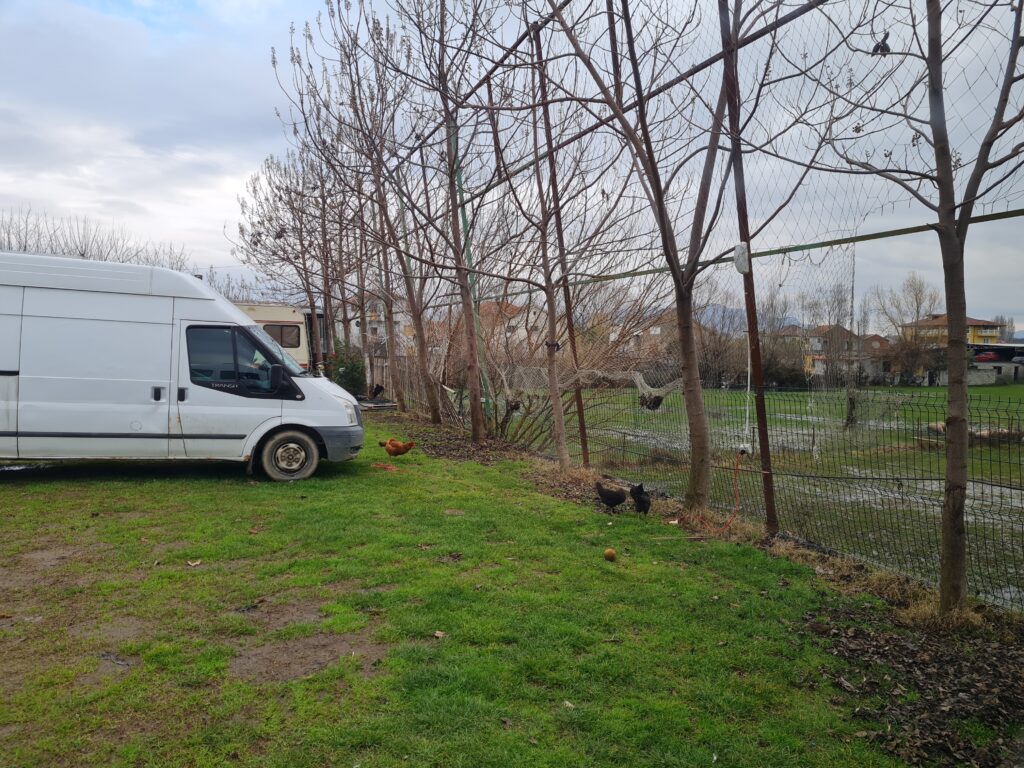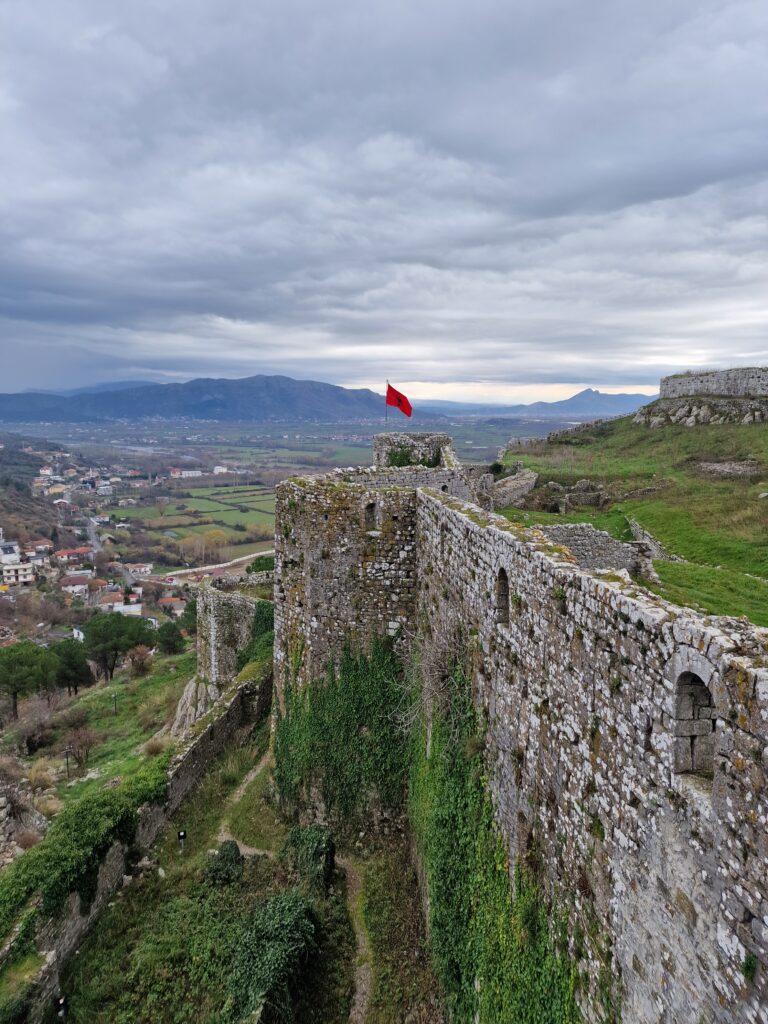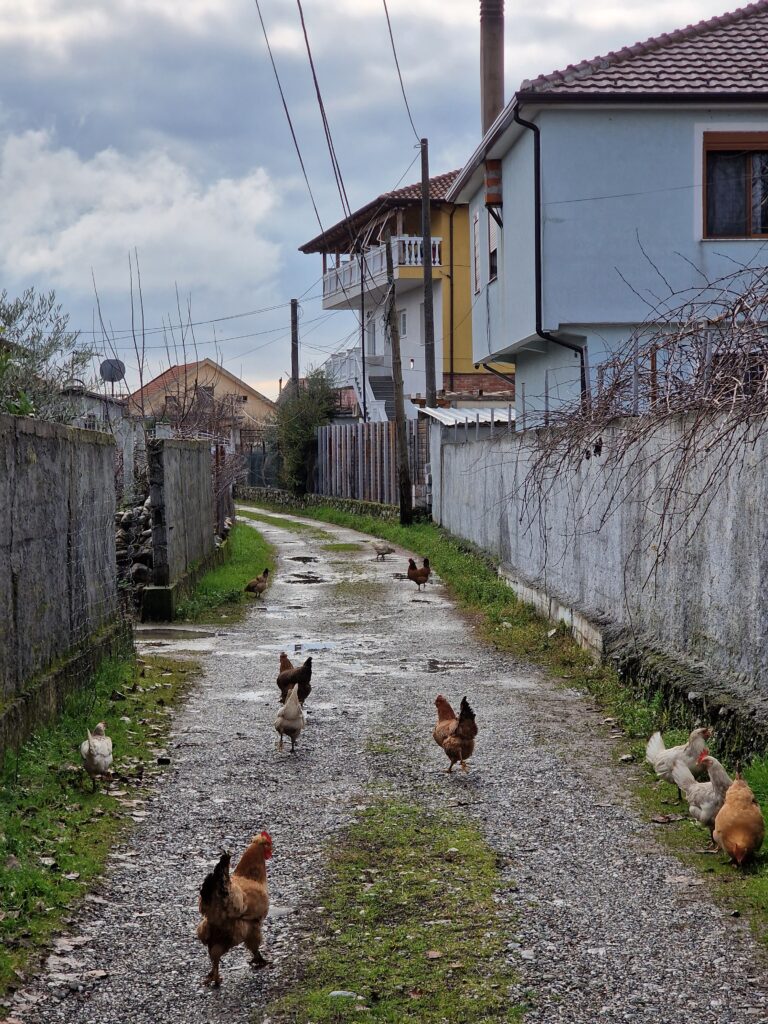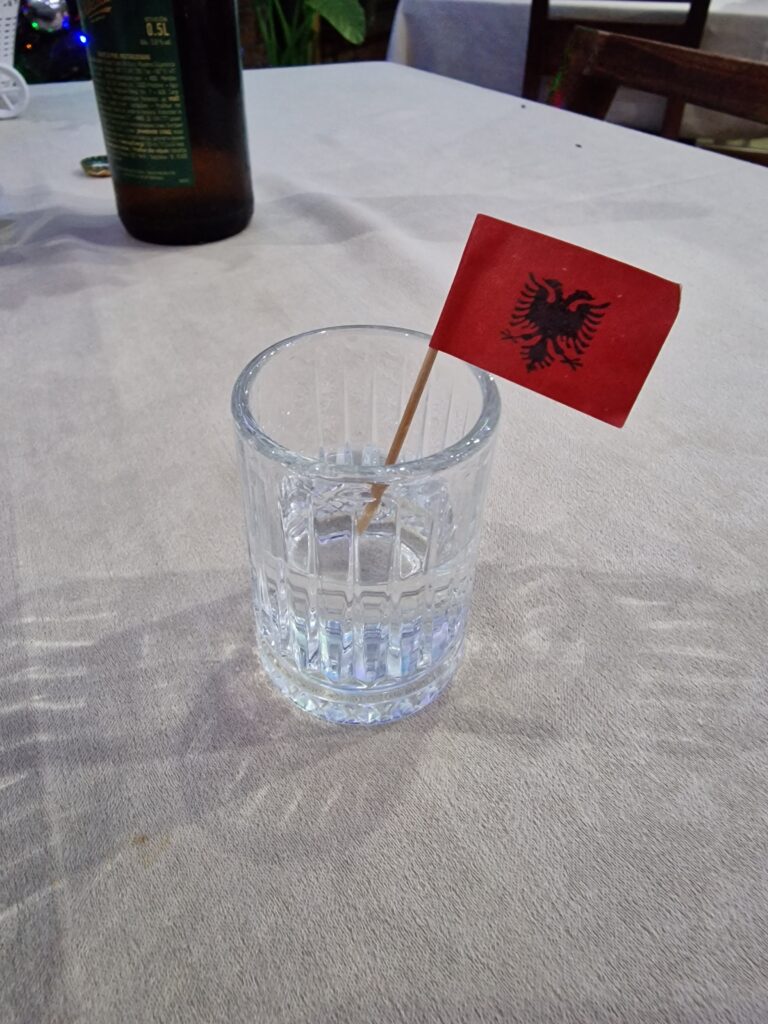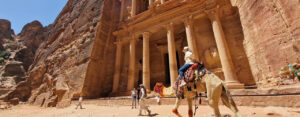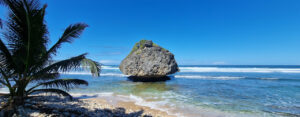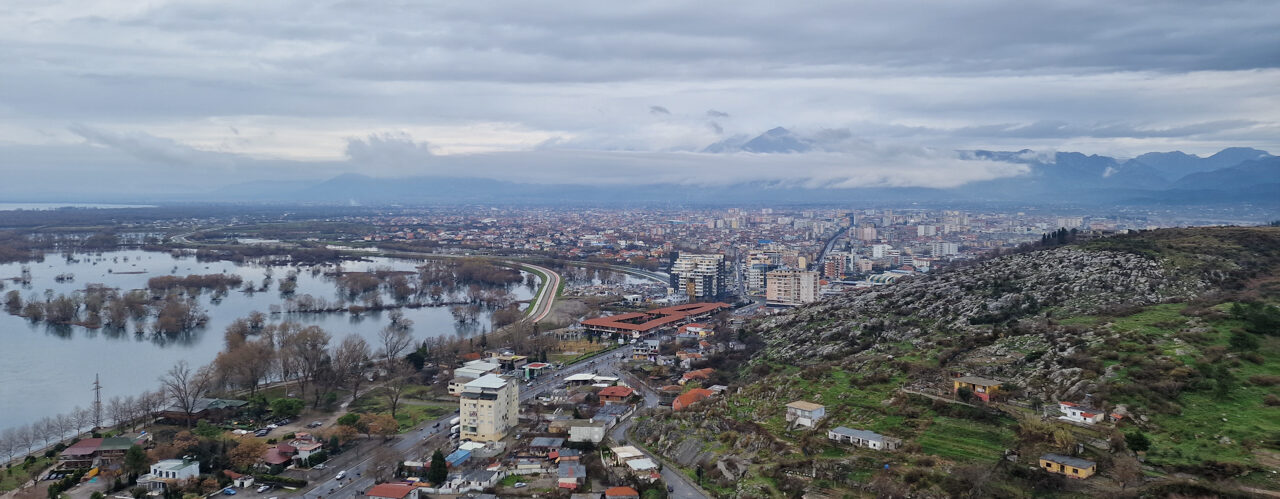
So Near Yet Shkodër
If there is one nation that is keener than any other to remind people that it is not a former member of the erstwhile country of Yugoslavia or, indeed, that it is not Slavic in any way, shape, or form then it is Albania. Proclaimed independent from the Ottoman Empire way back in 1912, the Albanian people are certainly proud of their rich and distinct history, separate from Europe for so long in their own Balkan bubble. This is something we would quickly learn over our week in the nation which would also take us to several infamous bunkers (more on that later), two of Albania’s biggest cities, one of its oldest fortresses, and a New Year’s party of great repute.
To begin, we crossed from the Montenegrin border with little fuss except for an hour’s wait for the ‘car insurance guy’ to get back to his booth after the longest cigarette break in history and headed to the nearby lake town of Shkodër (pronounced very similarly to a certain Czech car manufacturer). Albania’s fifth largest ‘metropolis’, the town straddles Lake Skadar, a geographical location I admit to never having heard of before, which just so happens to hold the title of Southern Europe’s largest lake, remarkably beating every majestic Italian one in the process. We quickly searched for the only open campsite in late December, a muddy field next to a scrap yard on the town’s outskirts, and set up camp.
The township and surrounding area, whilst verdant green and full of life in the summer months, was full of smog and greyness in mid-winter. Known as the city of bikes for its high percentage of cyclists, something we can attest to by almost killing several whilst driving around, the main attractions in the area are not as appealing, or even open, in December bar one. This particular site was ancient, intriguing, and had a view of the surrounding landscape that even Port Talbot couldn’t match: Rozafa Castle.
Rising imposingly on a rocky outcrop just outside the town, the ancient fortress was first commissioned by the Illyrians in the 3rd or 4th century BC and has been continually expanded and strengthened by countless European civilizations since then. Legend has it that the wife of one of the initial builders of the castle was placed alive and kicking within the walls to ensure the foundations remain intact forever, something that appears to have done the trick given its remarkable condition some two-and-a-half thousand years later. Modern-day engineers take note.
From the tallest turret, it is clear to see why the location of the structure was selected above others. Almost entirely surrounded by water in the form of the Buna and Drin rivers as well as the aforementioned Lake Skadar, attempting a siege of its ominous walls would have been more difficult than trying to get a table in The Potters Wheel Wetherspoons on a Friday night. These days, one can simply mince through its grand gates with ease and even grab a flaky phyllo Burek at the precariously perched castle café. Views from which are spectacular, to say the least, even on dark December days.
The remainder of our week in Shkodër involved being plied with questionable shots from locals on the campsite, fighting the urge not to rescue every caged dog being sold on street corners, attempting not to get ridden into by inebriated cyclists with somewhere to be, and failing to find any of the disused bunkers that supposedly scatter the country. Built in their hundreds of thousands by former dictator and the reason why proper nouns are not allowed in Scrabble: Enver Halil Hoxha, they are now seen as a broken symbol of his tyrannical reign and have since been transformed into everything from museums to cafes and even tattoo parlours. Having only spotted two out of some seven-hundred-and-fifty thousand built by the Hox, we were hoping for a far better return on the next leg of our Albanian adventure as we headed to the capital. We were not disappointed…
J


